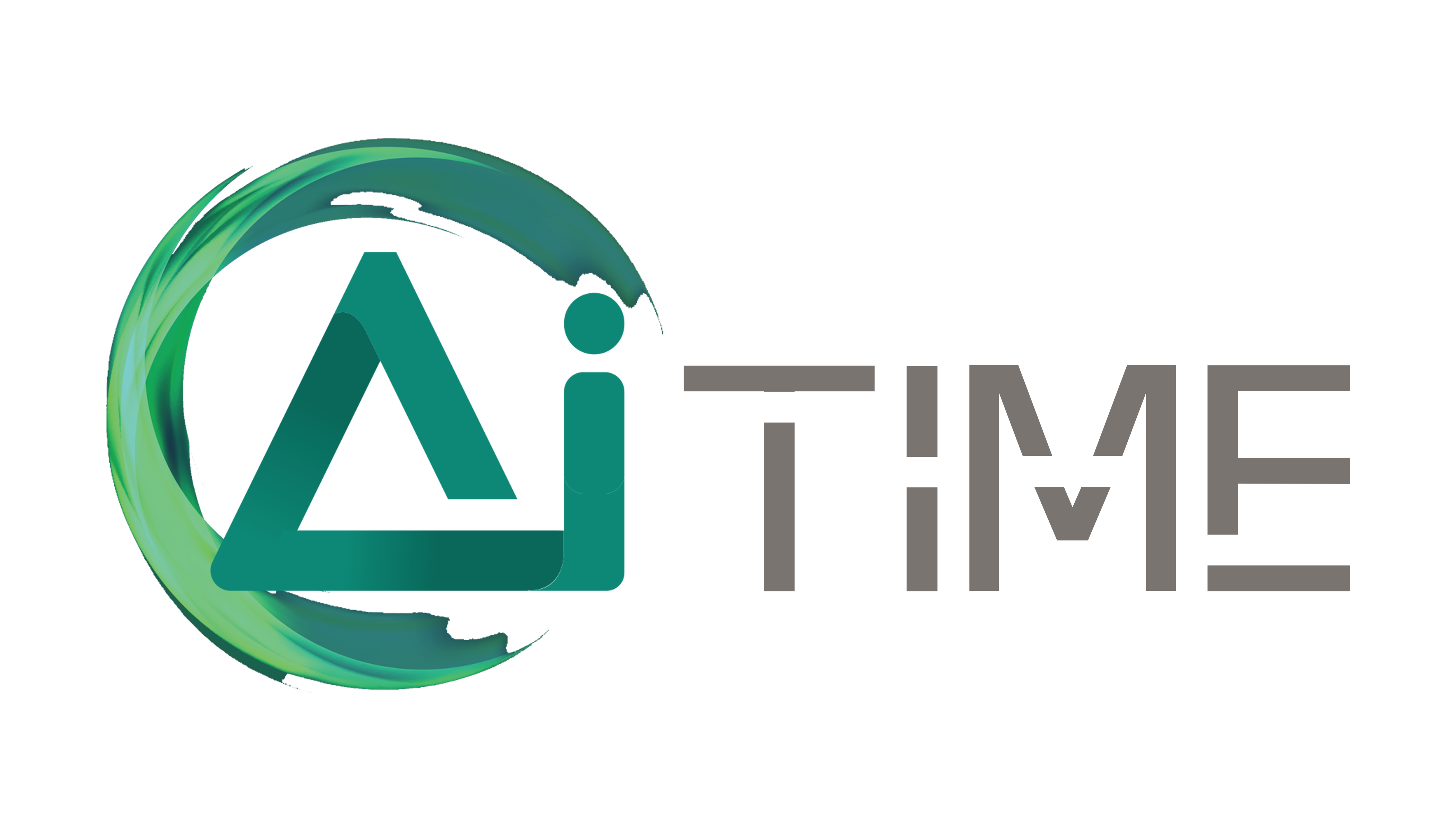The True Cost of Manual Attendance: Why UAE Businesses Must Automate

In the dynamic and fast-paced business environment of the United Arab Emirates, efficiency is paramount. While many companies have embraced modern technology for sales, marketing, and operations, a surprising number still rely on outdated, manual methods for managing attendance and workforce data.
Manual processes are not just inefficient; they pose significant financial and legal risks that can impact everything from payroll accuracy to compliance with strict local labor laws.
The transition from a paper-based office to a data-driven workplace isn’t just about speed—it’s about accuracy, trust, and protecting your business from the risks you can’t afford to take.
– AiTIME
The High Price of Human Error
Manual attendance tracking, whether through spreadsheets, logbooks, or even WhatsApp groups, is prone to human error. Simple mistakes like a forgotten punch-in or a miscalculation of overtime can have a ripple effect, leading to incorrect payrolls and employee disputes. This administrative burden is not only a drain on HR teams, which spend countless hours on tedious tasks, but also a direct financial risk due to overpayment or underpayment, which can cause dissatisfaction among employees.
Modern attendance software eliminates this risk by automating the entire process. Systems with geofencing, face recognition, or offline punching ensure every entry is accurate and transparent. The data is instantly synced to a central dashboard, providing real-time visibility into who is on duty, where, and when. This automation frees up HR to focus on strategic initiatives rather than manual corrections.
Ensuring Compliance with UAE Labor Laws
The UAE has a strict and evolving regulatory framework designed to protect employee welfare. Businesses must meticulously adhere to laws governing everything from working hours and leave entitlements to overtime pay and End-of-Service Benefits (EOSB). A failure to meet these statutory requirements can result in significant fines and legal penalties, as well as damage to the company’s reputation.
Attendance software serves as a crucial tool for compliance. It provides a proper, digital record of all working hours that can be easily accessed during an audit or judicial inspection. It allows employers to set and monitor custom policies for different departments or industries, ensuring all working hours are monitored according to local standards. This is a strategic advantage, as compliance with labor laws is consistently cited as one of the top challenges for HR professionals in the region.
Empowering a Modern, Flexible Workforce
- Self-Service Portals: A modern attendance system empowers employees by giving them direct access to their own attendance records, allowing them to apply for leaves, check their leave history, and even raise objections if they spot an error. This self-service capability builds trust and transparency.
- Mobile and Remote Workforce Management: For companies with a flexible, remote, or field-based workforce, a mobile attendance app is essential. Solutions that offer GPS-based check-ins and geofencing ensure managers can track the location of their staff without relying on outdated physical punch-in systems.
- Data-Driven Decisions: The data collected by an advanced attendance system goes beyond simple timekeeping. It provides valuable insights into team productivity, overtime trends, and unusual absenteeism, enabling HR leaders to make informed, data-driven decisions that enhance efficiency and improve overall business outcomes.
- Seamless Integration: Modern cloud-based systems seamlessly integrate with other business tools like payroll and HR software, streamlining workflows and eliminating the need for manual data entry between systems.
Conclusion
The choice between a manual or automated attendance system is a decision about more than just convenience. It is a strategic business decision that impacts your operational efficiency, legal compliance, and a company’s relationship with its most valuable asset: its people.
By investing in a modern, cloud-based attendance solution, UAE businesses can save time, reduce costly errors, and ensure they are well-prepared to navigate the complexities of local labor laws. This technological shift is not just an upgrade—it’s a prerequisite for success in the modern, digital-first economy of the UAE.


